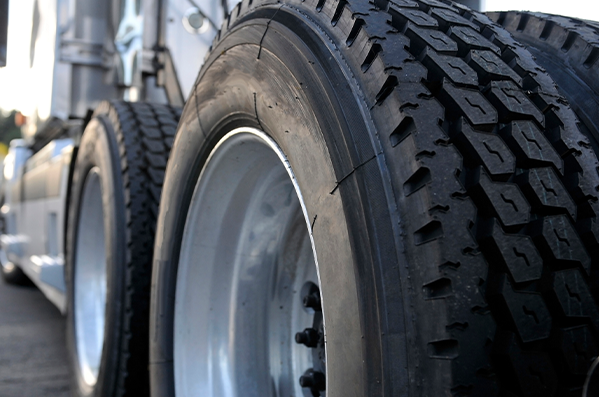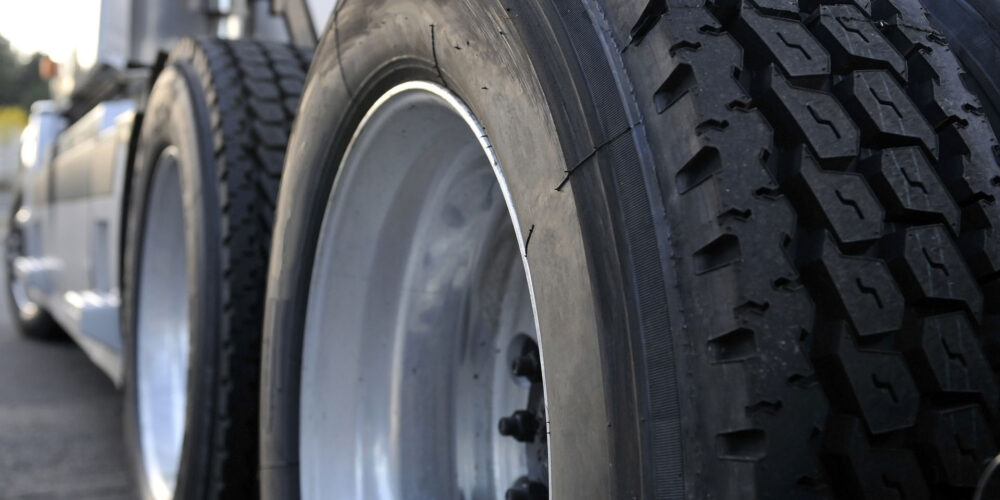
While tires aren’t the biggest expense affecting fleets’ bottom lines, costs related to replacement and maintenance can certainly add up fast. According to the American Transportation Institute, the average marginal cost of tires is $0.038/mile or $1.50/hour — this equates to 2% of a fleet’s total average marginal cost.
With prices on the rise—Bridgestone and Toyota have announced they’ll raise costs 10-15% in 2022—it’s more important than ever to find ways to save.
In our January 2022 webinar, TVC Chief Sales Officer Nick Hillesheim chatted with two tire experts from WEX/TruckersB2B: Team lead Adam Aurich and specialist Jonathan Cosman. Below, check out quick tips for getting the best tire for your fleet’s money this year.
Rolling Resistance = Fuel Savings
Rolling resistance refers to the effort required to keep a wheel rolling. Long-haul truckers should use tires with lower rolling resistance — meaning they require less energy to keep moving — to save on fuel and maintenance costs. Adam, for example, had a client who purchased a truck with the wrong tires, and the client had to replace the tires after 30,000 miles. Adam helped switch the client to the correct product, and his tires now last nearly 200,000 miles.
Leverage Manufacturer’s Tools
Be sure to check your tire manufacturer’s website for cost savings tools. The Michelin website offers a rolling resistance comparison of its products, as well as a fuel and weight savings calculator to help your fleet find the right product for the job. Other tire manufacturers offer similar tools, so leveraging those tools can provide an easy win.
Article by Nick Hillesheim, TVC Pro-Driver Chief Sales Officer
TVC Pro-Driver hosts free monthly webinars focused on providing helpful information and resources for our customers. Past webinars are available on our YouTube channel. Be sure to pay attention to the monthly Enterprise Dispatcher e-newsletter for information on upcoming webinars!













